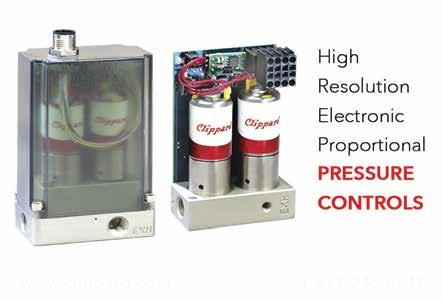Going Electric? SHA is the dynamic choice
By Carl Richter, Vice President and General Manager, Kyntronics
In
recent years, with the push in many industries to switch to all-electric machines, electromechanical actuator (EMA) companies have gone after the hydraulics market. This can cause confusion and dissatisfaction for two reasons: EMA applications engineers may not understand the hydraulics industry and are challenged to properly apply an optimal EMA product. Further, hydraulics engineers may not be fluent enough with EMA technology to know what questions to ask. Both situations have led to premature product failures and dissatisfied customers. There have been two choices for powerful, accurate actuation: a central hydraulic system or an EMA. But a third technology combines the best features of both and is the choice for “going electric”: the smart hydraulic actuator (SHA). Today many of the EMAs that tried to replace hydraulics are failing due to several factors, including not fully understanding the machine and the applied hydraulics. Hydraulics is tough, powerful, and often plows through mechanical “inefficiencies.” Hydraulics encourages impact and shock loading, and it has the capability to compensate for some side loading. EMAs run away from these; 16
APRIL 2021
they cannot handle shock loading and do no warranty for side-loading mountings. EMAs promote a certain static IP rating. Once the EMA starts moving, the IP rating is no longer valid. With the roller screw moving, it sucks in whatever fluid is moving around the machine and causes premature nonwarranty failures.
Requirement
SHA
Central Hydraulic Cylinder
ElectroMechanical Actuator
Also, some advertised EMA efficiencies are inaccurate or incomplete and sometimes based on ideal or theoretical calculations. Kyntronics’ tests show the SHA to be 40% to 50% more efficient because of its smaller motor and drive. The roller screw actuator’s total efficiency is sometimes not promoted.
Feature/Benefit
WWW.FLUIDPOWERJOURNAL.COM • WWW.IFPS.ORG






